These guests were thrilled, not only to spot a young leopard, but to spot one in the middle of sizing up its prey: zebras.
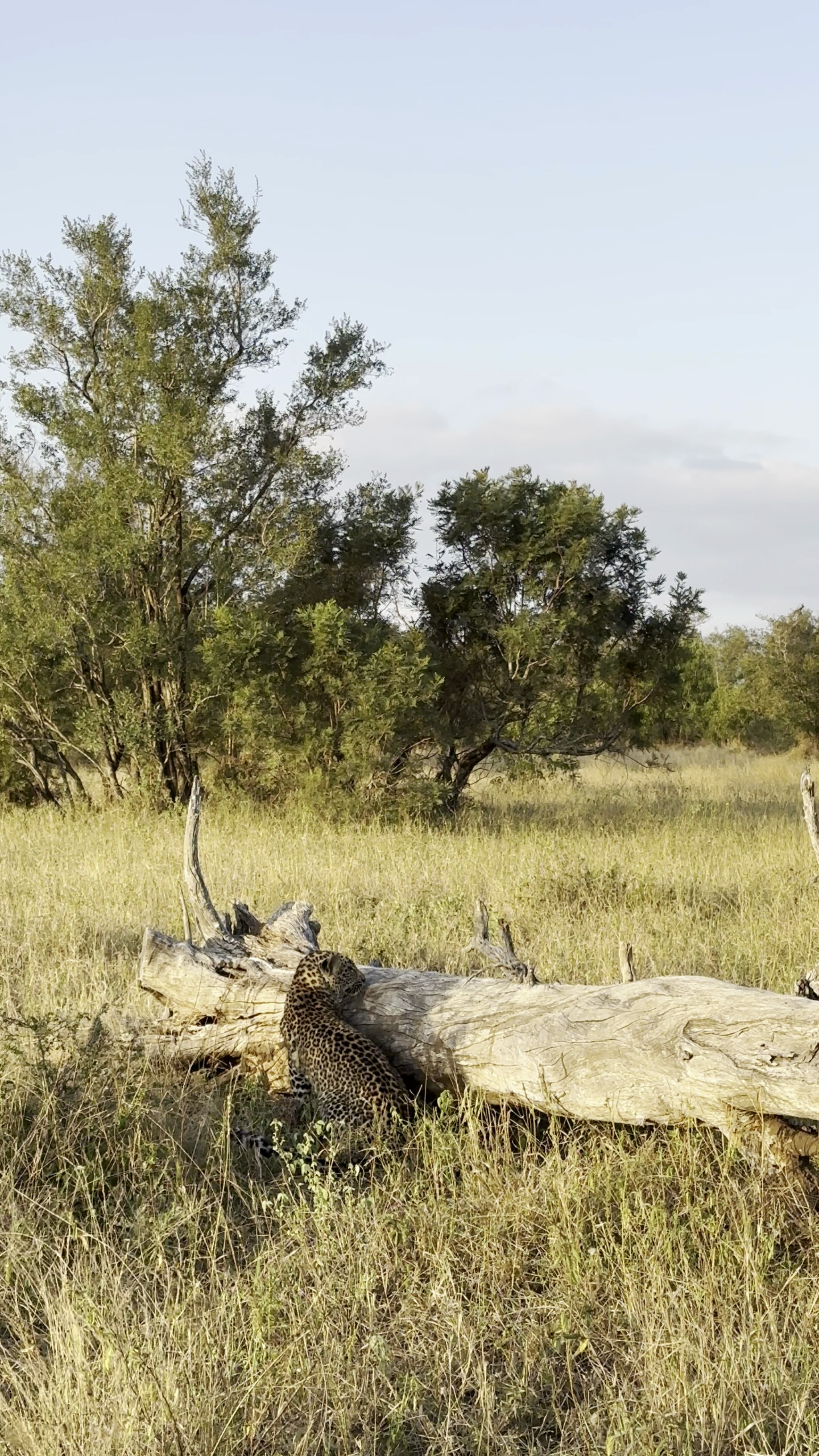
The leopard has a perfect vantage point, hidden behind a fallen tree, from which it could watch the zebra herd draw closer and eventually even come alongside it. Watching any kind of predator at work is an amazing experience, but leopard’s have to hunt very differently to other big cats, due to their more solitary nature.
Solo Hunting
Hunting without a pack presents its own set of unique challenges, not the least of which is the threat of pack animals itself. Leopard’s cannot fend off an attack and guard their kills at the same time, which means wild dogs, hyenas and even lions can all swoop in and steal their food.

The other difficulty is the hunt itself, as without any friends to help, the leopard must single out and kill its target alone. While one lion might startle the herd so another can kill their prey, the leopard must move stealthily and rely on its speed to help it catch food.
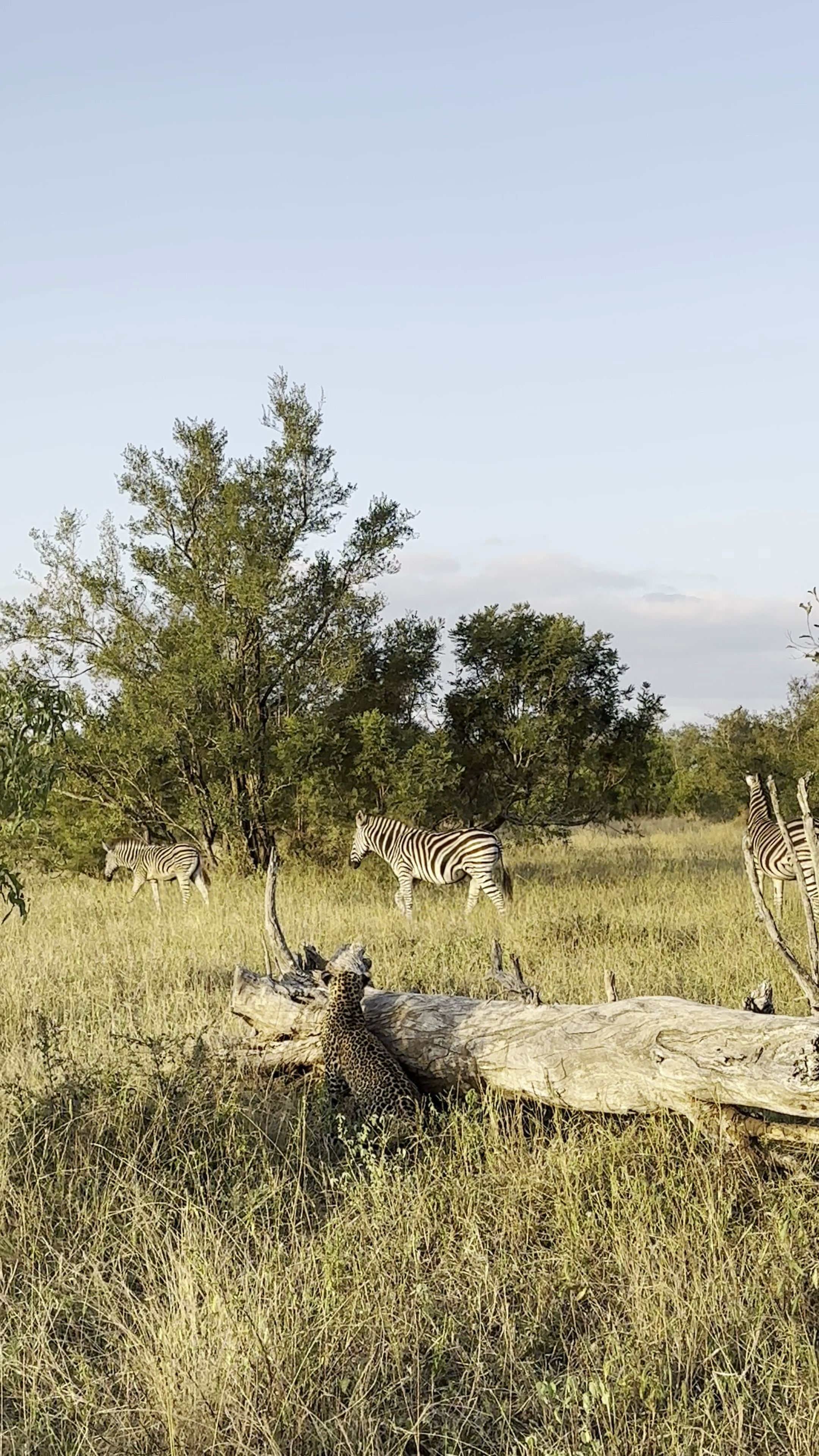
More Than Just A Horse
Zebra’s are often considered by many to be horses with a unique pattern, but there are more differences between them than their appearance. They are much more aggressive than domesticated horses which makes them much more dangerous, especially to a lone leopard.
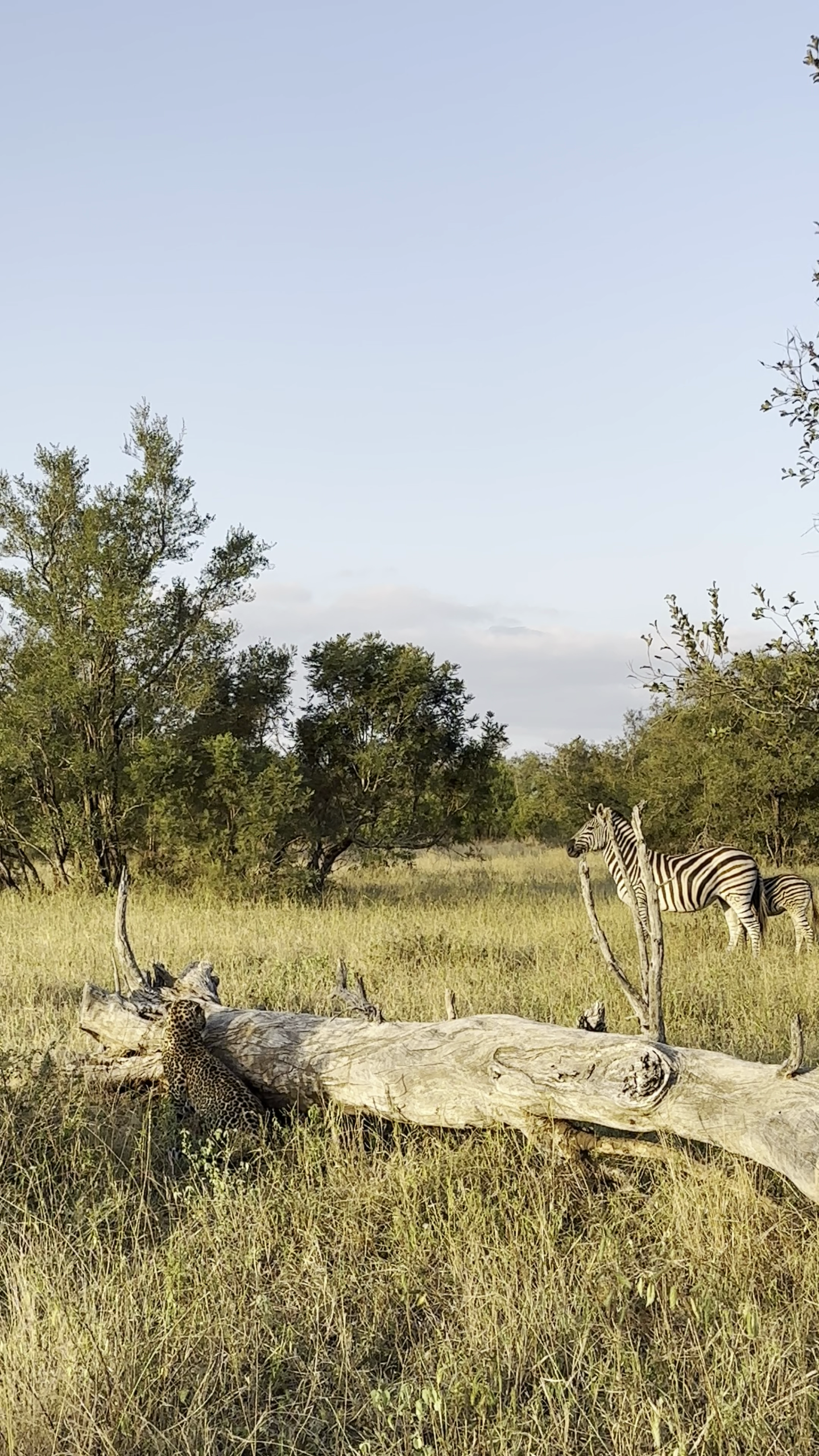
Zebras are even considered dangerous animals in zoos, where they have more frequent contact with humans, due to their ferocious bite and powerful kicks. The older a zebra is the more dangerous it would usually be, and they are not only capable of killing each other, but also predators such as lions in some recorded cases.
Dangerous Prey
Maybe this young leopard was feeling particularly brave that day, but zebras are dangerous prey for any animal and leopards are more susceptible to it than most. If this leopard ends up on the wrong end of a kick then it might end up too injured to hunt other animals and unable to get food for itself.
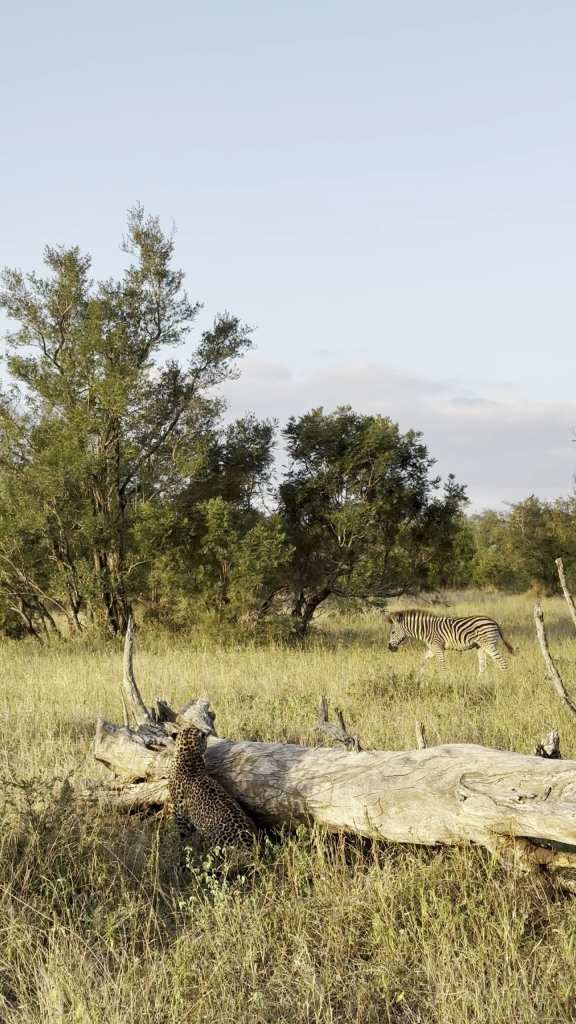
This particular hunt is complicated further by the presence of younger foals in the herd, which might ordinarily be ideal targets for predators, but not for the leopard. Zebras will take steps to protect their young, and while a pride of lions might be able to attack from multiple angles, the leopard can only be in one place at a time, making it easy to defend against if its initial ambush fails.
Live to Hunt Another Day
Ultimately this leopard shows itself to be a smart hunter that’s able to think tactically and weigh up the options. Maybe if one of the younger foals unwittingly strayed closer to its hiding place it would have attacked, but otherwise it’s just far more trouble than it’s worth.
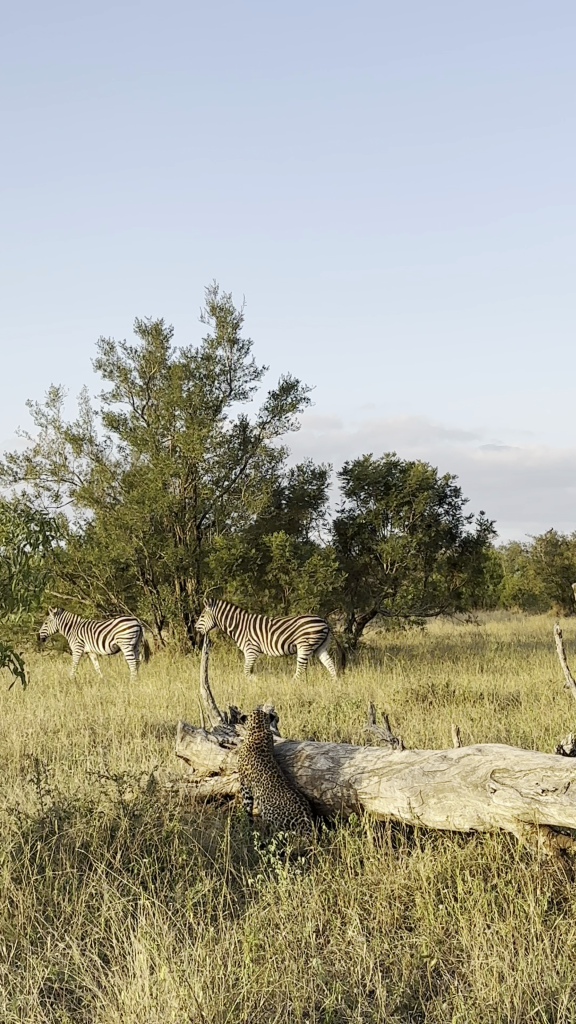
The leopard may have gone hungry this time, but at least it’s safe and healthy, and able to secure itself a good meal in the future.
